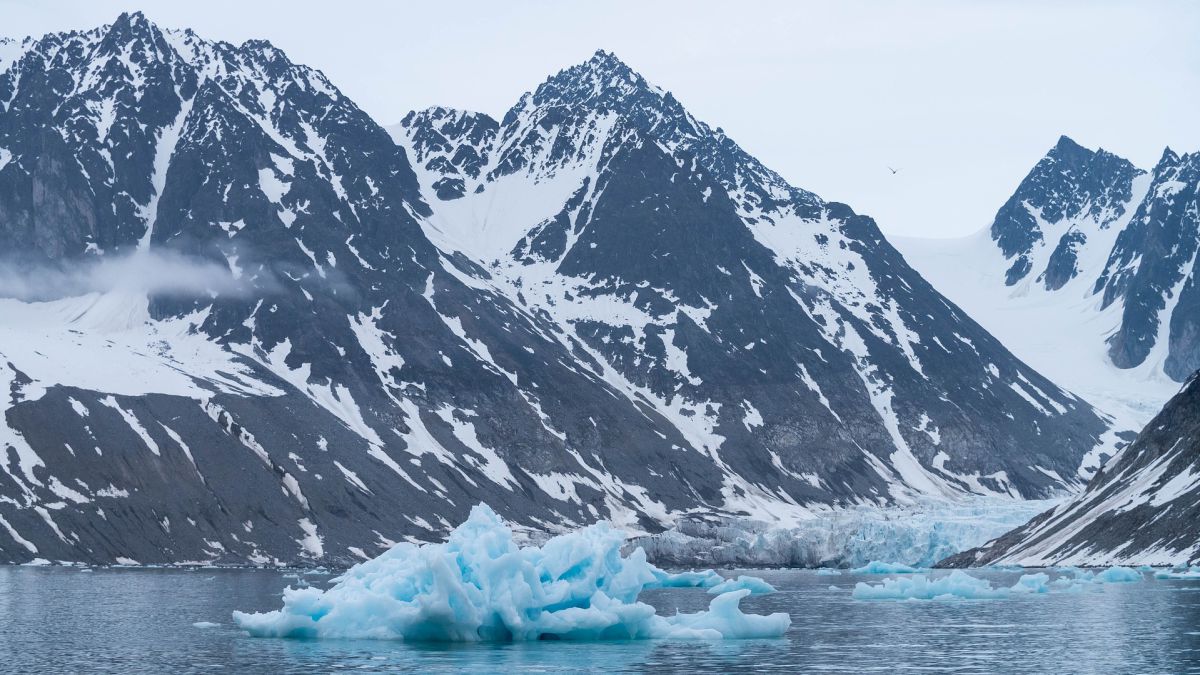There are few limits when it comes to tourism. As long as the entry requirements are met, for example, having received the complete schedule of the vaccine against the COVID-19, you can visit practically anywhere in the world. Planes, ships and endless other means of transport are made available to tourists, and space tourism is even beginning to be talked about.
However, there are places in the world to which not anyone can access. Either because of the risk involved or because the influx of tourists could damage the place. Specifically, there are four places where the human being cannot set foot, or at least not just any.
The largest seed deposit in the world
On Spitsbergen Island, in the Svalbard archipelago (Norway), there is the World Seed Bank. It is the largest in the world and its goal is to house all possible seeds so that, in the event of a major global disaster, there is a crop reserve “that guarantees the restoration of species” and that allows us to return to cultivation, points out the BBC.
The permafrost, the layer of ice that always remains frozen, helps to preserve the seeds, since the island is located just 1,300 kilometers from the north pole. Scientists fear that seed preservation will worsen due to climate change and thawing permafrost. Currently, the bank has 1,125,419 seeds, 5,481 species and 89 gene banksaccording to the website of the deposit.
Ilha da Quemaida Grande: a poisonous island
Also known as Ilha das Cobras (Island of Cobras), Ilha da Quemaida Grande is located 35 kilometers off the coast of São Paulo and is inhabited almost exclusively by snakes. According to the media cited, estimates indicate that there is a snake for every square meter and it is the second largest concentration of snakes, surpassed only by Shedao Island (China).
One of the characteristics of the island is the existence of a species of highly poisonous snake, the Bothrops insularis, a viper endemic to the island with a golden spear-shaped head. The Government of Brazil has already prohibited entry to the island due to its danger, and only a few researchers have been able to visit italways accompanied by a doctor and following some protocols.
Lascaux, a cave full of art
Lascaux It is a cave located in the south of France that has an antiquity of about 17,000 years old and has around 600 paintings and 1,000 engravings. It was discovered in 1940 by four teenagers looking for their dog.
The cave paintings portray animals, such as horses, deer and other types of creatures. As the cave was discovered during World War II, it was not allowed to open to the public until eight years later. But in 1963 visits to the public were suspended because mold began to sprout on the walls of the cave, which until now had remained hermetic.
Uluru, the sacred rock
Also known as “the navel of the world”, Uluru is a 348-meter monolith located in the Uluru-Katja National Park (Australia). Although it was a tourist attraction for a few years, the indigenous Anangu Aboriginal people watched as tourists climbed what they considered to be a sacred rock and They asked the National Park to stop visitors from climbing Uluru.
This group of indigenous people are the custodians of the rock, so the National Park respected their wishes and decided that tourists they would no longer climb the monolith as of October 25, 2019. You can visit the Uluru-Katja National Park, but in no case can you step on or climb the rock.








